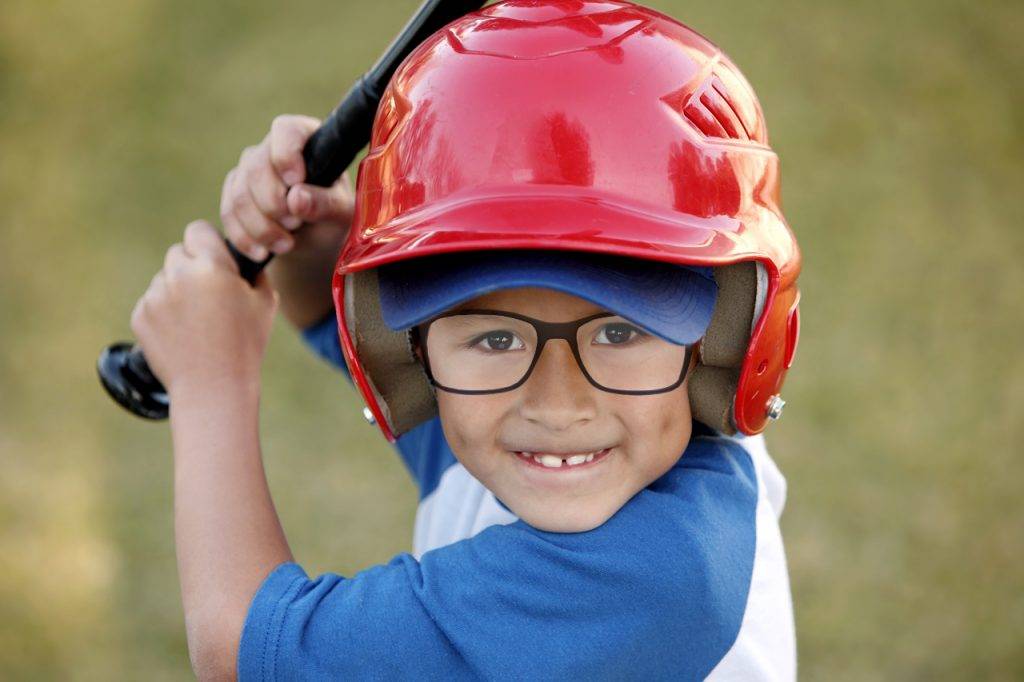Sports is the #1 cause of head injuries in children.
Athletes, be it professional, amateur, ‘weekend warriors’ or school students, should be made aware of the long term consequences of head injuries.
Up to 3 million sports-related head injuries occur every year in the USA, and over 75% result in vision problems.
Wondering what you can do to reduce your risk of head injury?
Consider vision training for athletes.
Vision training can provide you with the right tools to improve your game, while protecting you from injury.
Can sports vision training reduce the risk of head injuries?
Yes.
Concussions in particular, are among the most common sports-related injuries.
Research shows that sports vision training can reduce the frequency or intensity of head injuries.
Studies conducted in the University of Cincinnati, Division of Sports Medicine reported that athletes who receive sports vision training had much fewer concussions than their competitors.
Moreover, clinical studies showed that with limited peripheral vision and depth perception, it is easy to miscalculate the velocity of a ball or the location of other competitors— which can result in severe injuries.
With sports vision training, your eyes relearn to communicate more efficiently with your brain and body.
Sports vision training is a personalized program based on the sport you play and the visual skills you need to develop.
Contact an eye doctor near you to learn more about sports vision training.
SEE RELATED: Vision Skills for Sports
What is sports vision training?
Sports vision training is a custom-made program that uses a series of techniques and exercises that teaches the brain and body to respond more accurately and efficiently.
Can you imagine quickly recognizing that fast ball, judging the exact flight of the hockey puck or easily following the arc of that deep ball?
The training focuses on improving visual skills, such as hand-eye coordination, eye tracking, depth perception, focusing and peripheral vision.
Depth perception
Depth perception is a skill that allows you to accurately hit the ball as it flies towards you, judge the flight of a pass, or do a flip-turn near the pool’s edge during a race.
Peripheral awareness
Peripheral awareness allows you to sense the world around you without turning your head. Athletes can drastically improve their game by honing this visual skill.
Focus flexibility
Focus flexibility allows you to shift your concentration from objects far away to objects nearby, such as when watching the spin of a baseball or seeing the rim from downtown.
Whether you are a competitive athlete or just enjoy playing a friendly game on the weekends, sports vision training can help you improve your performance while keeping you safe from injury.
Contact an eye doctor near you to learn more about sports vision training.
LEARN MORE: Guide to Sports Vision
In a nutshell, sports vision training helps the eyes and brain to react more quickly to any movement and changes on the field, resulting in fewer accidental injuries.
Whether you’re a professional, amateur or weekend warrior, sports vision training can take your game to the next level.


